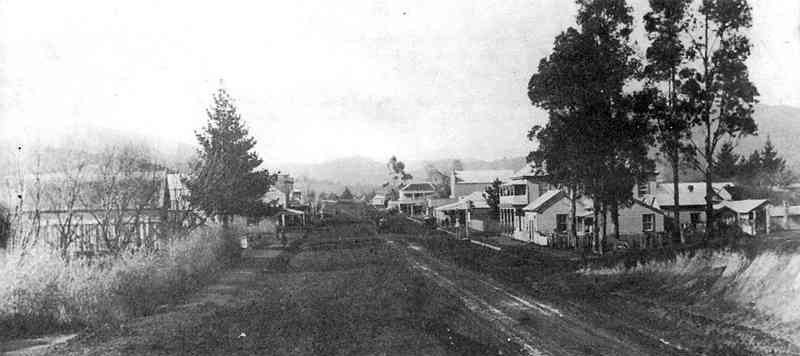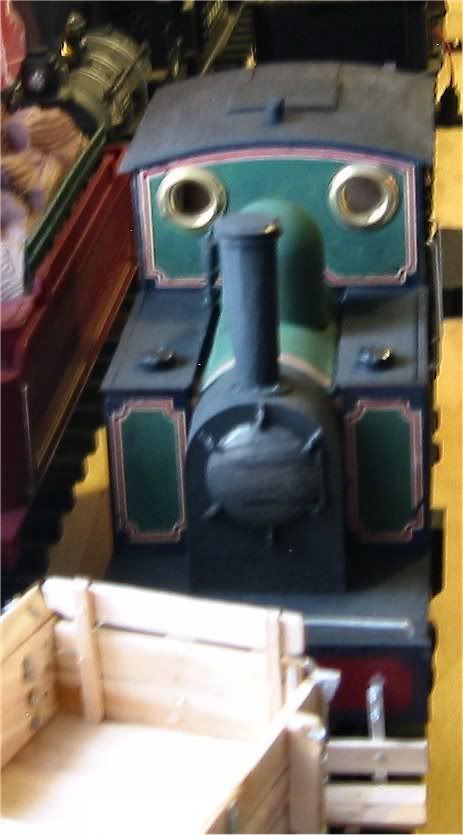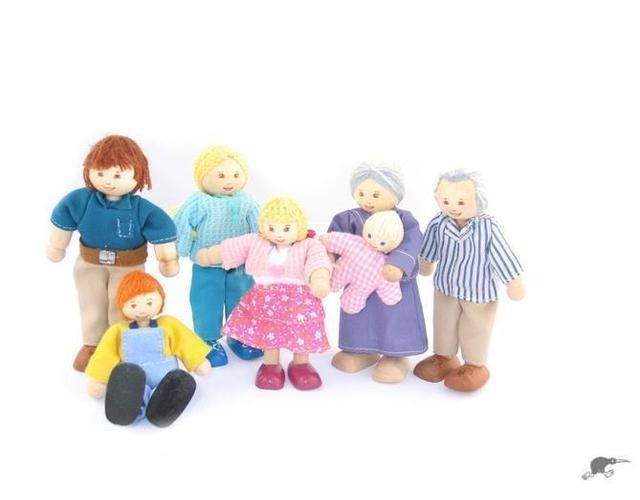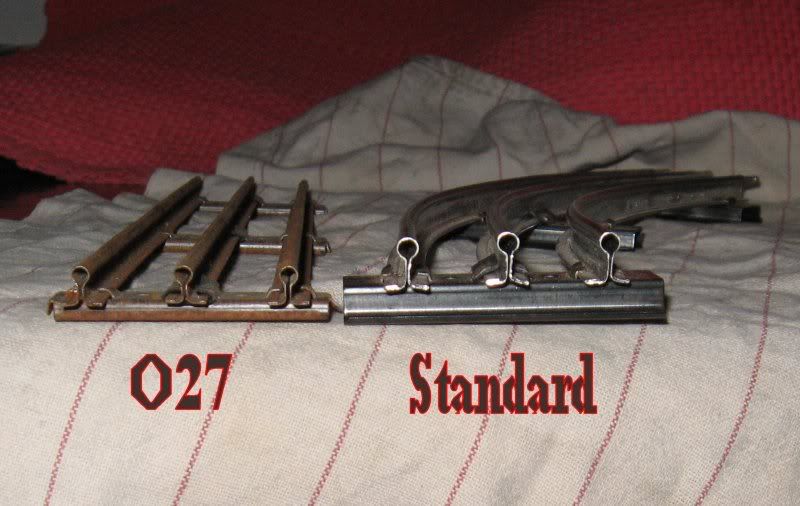I like making things which wouldn't have been so possible with a tinplate train layout and besides if I sell off all my tinplate stuff it will provide funds for me to go ahead with the Kotanga Tramway. Another thing with old tinplate stuff is the fear of scratching it or otherwise damaging it which isn't such a problem with robust 7/8 scale handbuilt models.
Here in New Zealand the Waikato District and the Hauraki District where I now live had many tramways to provide local transport solutions as a way to get timber to sawmills and primary produce from farms to the river wharves. The rivers around here were a major part of the local transport network up until the 1950s.
This is a picture of the main street of the town where I live taken in 1900 just after the tramway that ran down the main street was lifted. Photos from this time are very hard to find and needless to say the town looks very different now. The one building in town which would have been from this period, - a pub, - was demolished recently to make way for a McDonalds

So what I was thinking was, - what if the tramway wasn't lifted until say 1940 or so it would make a really interesting theme for a model. Due to both the lack of space available for a huge layout and the lack of suitable period photos I couldn't build a true replica, but I certainly know enough about the town and its surroundings to build something in the spirit of the street tramway. I gave up being a finescale modeller years ago and I like a little whimsey so this will be all about relaxing and just enjoying myself.
45mm gauge is pretty much the default for garden railway sized models here in New Zealand so I will be staying with that. Who knows if my health improves I may want to do layout visits.
Some of you will remember 'Emily' built and modified from a Locolines kit and runs on a cutdown Echo toy train underbase. One side of her says she is a Bagnall and the other says she is a Barclay; - Must do something about that one day

Well Emily is still going to be a big part of my plans even though she's a fairly strapping young lass for a tramway loco. One job that does need doing is raising her cab roof a little higher because it's a bit low for a 7/8ths loco and the crew needed their legs shortening so they would fit.
I use these kinds of wooden dollshouse people as 7/8ths people by the way. They are cheap to buy, easy to modify and it's fun making clothes for them.

A local company makes 1/24th laser cut MDF dolls house kits at a nice price and I was wondering about asking if they could re-size one of their kits for me and cut it out to 7/8th scale.
This is the house kit I have my eye on. It would be very easy to modify and detail to represent a typical building on the mainstreet. As well as that it would save me the effort of having to cut the basic structure out myself as i still get tired very easily.

























